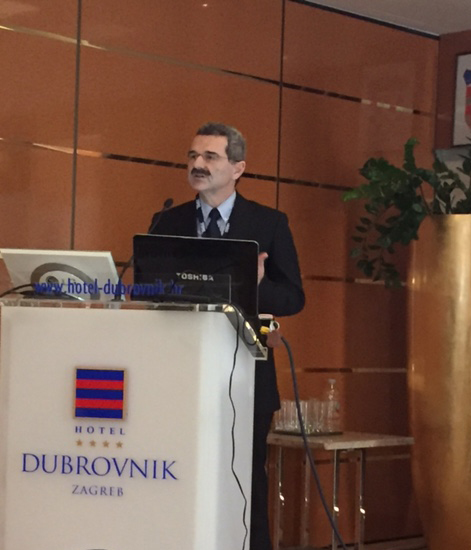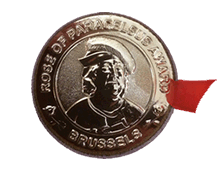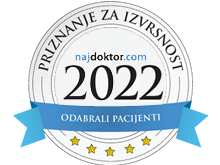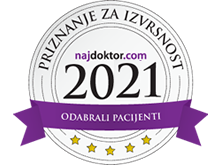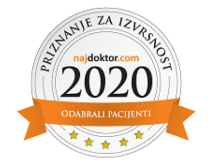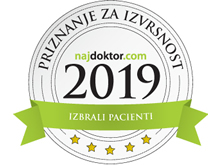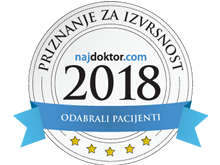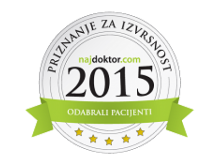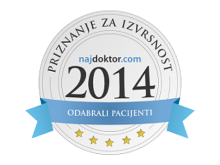4th CROATIAN RHINOLOGY CONGRESS, ZAGREB, HRVATSKA (Veljača 2016.)
http://www.crorhino.org/
2nd ROUND TABLE (2. OKRUGLI STOL): ESS (Endoscopic Sinus Surgery)
Invited speakres (pozvani predavači): T. Braut (Croatia), T. Terzis (Greece), M. Kavanah (Croatia), I. Konstantinidis (Greece), I. Klapan (Croatia), T. Baudoin (Croatia)
Klapan Ivica. What is the future of minimally invasive sinus surgery: computer assisted navigation, marker-based virtual reality simulation, or 3D-surgical planner with remote visualization, 3D-navigation and augmented reality in the operating room?
Zagreb and Osijek University Schools of Medicine, and Klapan Medical Group Polyclinic, Zagreb, Ilica 191A, HR-10000 Zagreb, Croatia, EU
ivica@poliklinika-klapan.com
poliklinika@poliklinika-klapan.com
Do we need a new sinus surgery technique in a daily routine practice? Imagine that the perception system in humans could be deceived, creating an impression of another „external“ world(1) where we can replace the „true reality“ with the „simulated reality“ that enables precise, safer and faster diagnosis/surgery(2). Of course, we tried to understand the new, visualized „world of the patient's head“ by creating an impression of virtual perception of the given position of all elements in the patient's head, which does not exist in the real world (virtual world/VW)(3). This approach was aimed at upgrading diagnostic work-up and endoscopic surgery by ensuring a faster and safer operative procedure, and represent a basis for realistic simulations, and can create an impression of immersion of a physician in a non-existing virtual environment(4). Every ENT specialist will be able to provide VR support in implementing surgical procedures, with additional correct control of all risks, without additional trauma, while having an impression of the presence in VW, navigating through it and manipulating with virtual objects (3D CA navigation)(5). Furthermore, when the 3D surface with tissues arranged by objects is obtained, it is possible to derive spatial cross-sections at selected cutting planes, thus providing additional insight into the internal regions observed (Osirix/Leap Motion & NES 3D volume rendering models)(6). A tele-presence system extends the operator’s sensory-motor facilities and problem solving abilities to a remote environment, providing the local operator with necessary sensory information to simulate operator’s presence at the remote location (3D surgical planner with remote visualization)(1,7). Generally speaking, fly-through techniques, which combine the features of endoscopic viewing and cross-sectional volumetric imaging, provide more effective and safer endoscopic procedures (marker-based VR simulation), and use the corresponding cross-sectional image or multiplanar reconstructions to evaluate anatomical structures during the operation (3D navigation and augmented reality in the operating room)(8).
Klapan I, et al.
Virtual Reality in Medicine(1) 2011
Otolaryngol Head Neck Surgery(6,7,8) 2002/2003/2005
Ear Nose Throat J(2,3) 2006/2016
Coll Antropol(4,5) 2008/2016
